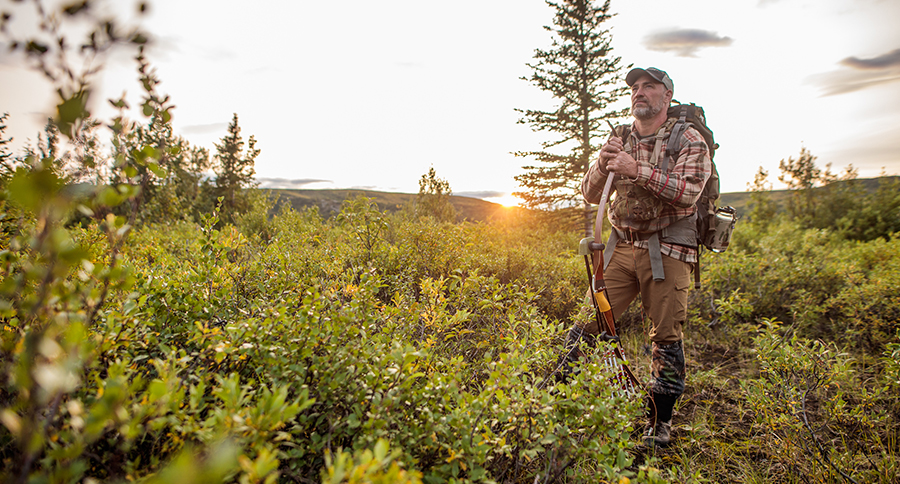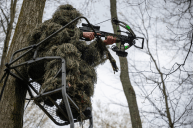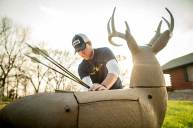There's a rise in traditional archery fans, and it doesn't take much to get started yourself.
There's a wave of momentum flowing through the outdoors, and it's not tech-driven or new fangled (if you can believe it).
It's traditional archery, and it's showing archers across the hunting and outdoor communities that some things actually do get better with age.
Why do we think traditional archery is seeing a resurgence? It has a lot to do with the original reasons we're drawn to hunting and the outdoors. It's how our ancestors operated, in a time when heading into the field to shoot game and bring it home for a meal was universal, not looked at sideways.
Outdoorsmen and women are routinely making efforts to better themselves, to improve each time and learn from each experience. This translated to innovative gear, reestablished performance standards, and if we're being honest, a level of competition amongst each other than can get a little old.
In a lot of ways, compound bows have hit a plateau, and can't possibly get more powerful or more capable than they currently are. Crossbows have moved so exponentially fast that many have begun to believe they're closer to rifles than traditional bows.
Despite what laws and regulations determine what fits into the "archery" category, we're convinced there are people who want to get back to the basics. Technological advancements can improve some things, but they don't make everything "better." The more people who pick up a traditional bow and discover their appeal, the more we'll preserve the foundation of archery as we know it.
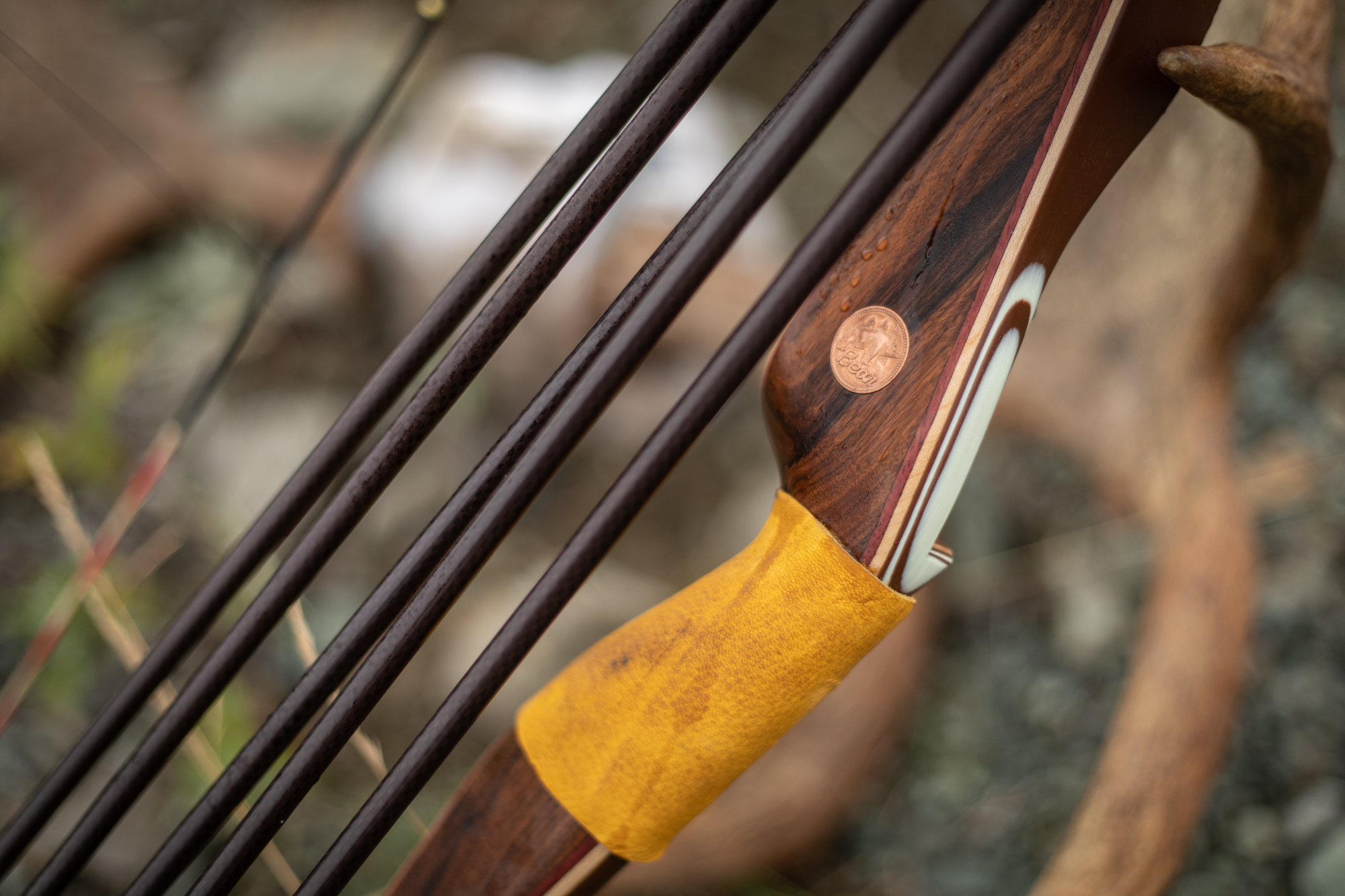
Chris Parrino, pro staffer for Bear Archery and devoted traditional archer, summed it up nicely: "For me the beauty and quietness of traditional bows only adds to the hunt whether successful or not."
There are plenty of options for folks to get in to traditional archery, whether or not they've ever even shot an arrow. There's also something to be said for the price to participate; traditional bow designs often cost less that a fancy new compound, and they'll do an even better job of teaching the fundamentals.
If you're going the traditional route, here are four typical options from Bear Archery to choose between.
1. Long Bows
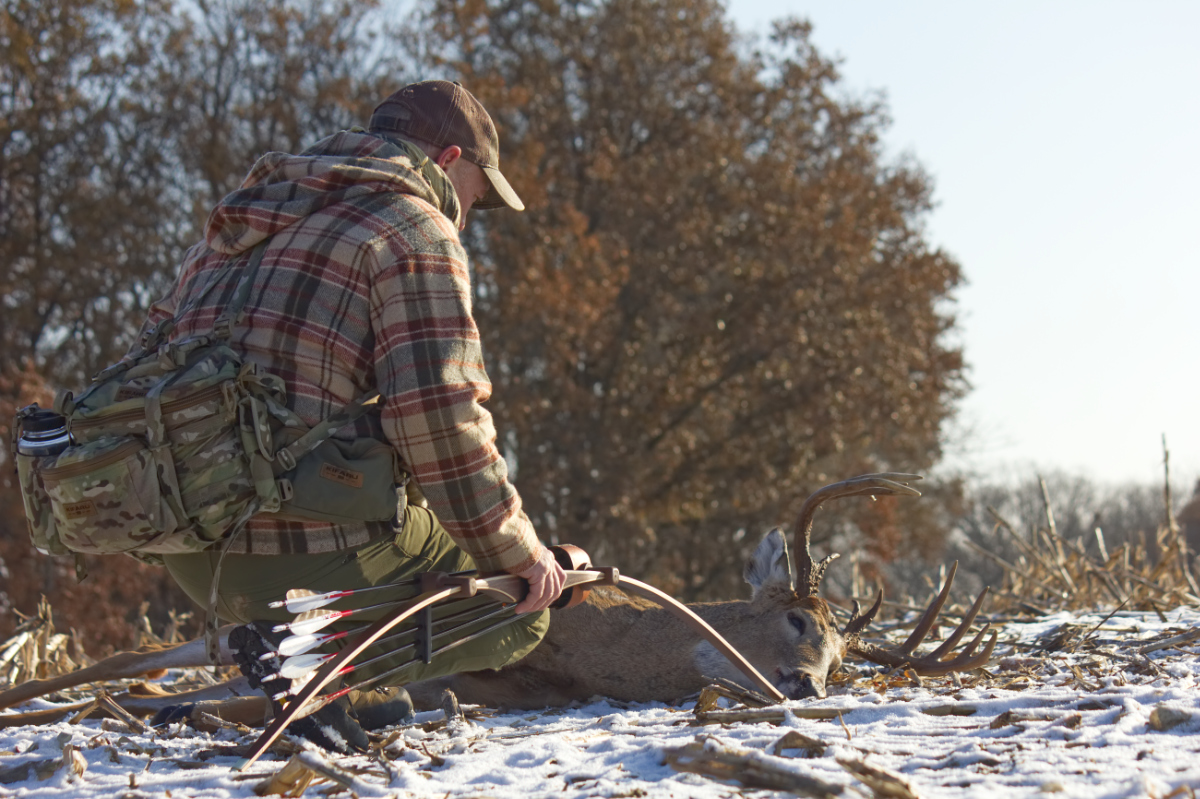
Long bows lack the recurve sweep and are usually as long as the person is tall. The Bear Archery Montana is a good example of a long bow. You'll notice the tips of the bow don't curve forward and maintain their backward bend.
2. Recurve Bow
A recurve bow gets its name from the recurve shape of the tip. If you're looking for a good recurve, the Grizzly from Bear Archery is a smart pick. It's equally appropriate for a beginner or experienced archer, and features bear hair rest and leather side plate.
Neil Byce is a traditional archer who shoots a Grizzly, and noted a few main reasons why it's such a draw.
"The 58" Grizzly allows the beginner archer a low cost, mid-length bow that is very comfortable in the hand and has little to no finger pinch," Byce said. "The nicely shaped grip gives the archer full control, reducing any side to side torque. Finally, the arrow cast of the Grizzly is very efficient, allowing novice and expert archers a successful experience."
3. Hybrid Bow
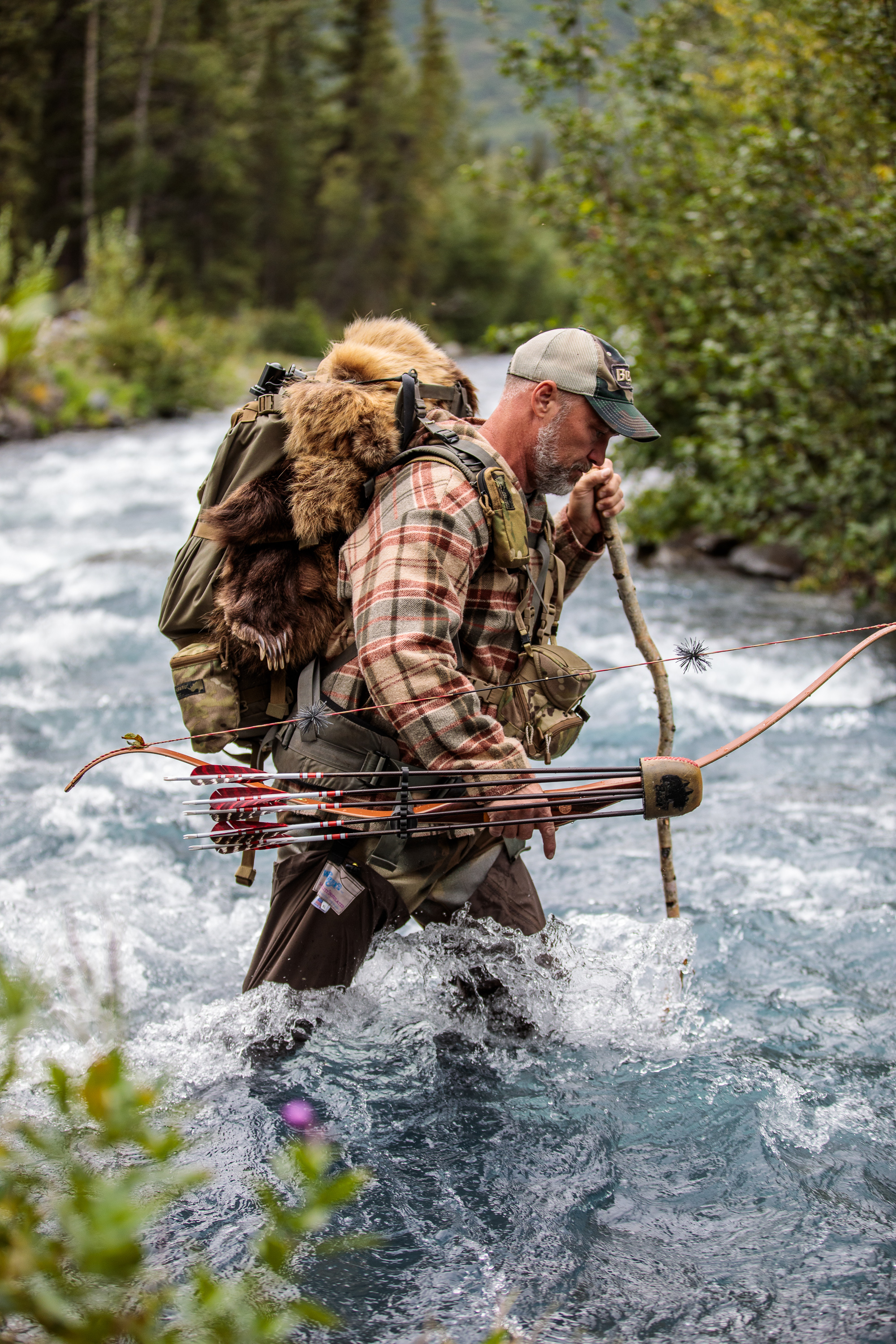
A hybrid mixes the look of a recurve and a long bow, much like the Bear Kodiak, and adopts a few of the features from each. The new Kodiak is modeled after the famous 59 Kodiak, used by Mr. Fred Bear himself, and constantly at the top of the list of most requested re-releases.
Parrino went as far as to say it's "one of the best shooting recurves available."
4. Take Down Bow
Just like the name says, a take down is a bow that comes apart and packs away, while maintaining the recurve design. Take the Bear Takedown for example. It has the transport-factor, meaning if you need to travel with your traditional bow, you're looking at a much smaller carrying case than most other options. When compared to a long bow, it's a fraction of the size when it's broken down.
"The takedown system designed by Fred Bear has withstood the test of time with the ease of changing different limb lengths and weights to quickly make most any recurve bow set up you desire," Parrino said.
We'd be remiss not to mention the fact that these bows, each one on their own, are legitimate works of art. "When you combine Artisan skills and craftsmanship to shape exotic woods and fiberglass into a sleek weapon of high quality, you can easily acknowledge the true mystic nature of bow making," Byce said.
There are plenty of reasons why folks have growing interest in traditional archery, but thanks to companies like Bear, they've always had a place to learn more and feed their curiosity.
Now that the resurgence is in full swing, will you give traditional archery a chance?
NEXT: CHECK OUT THE LINEUP IN THE BEAR ARCHERY LEGEND SERIES
